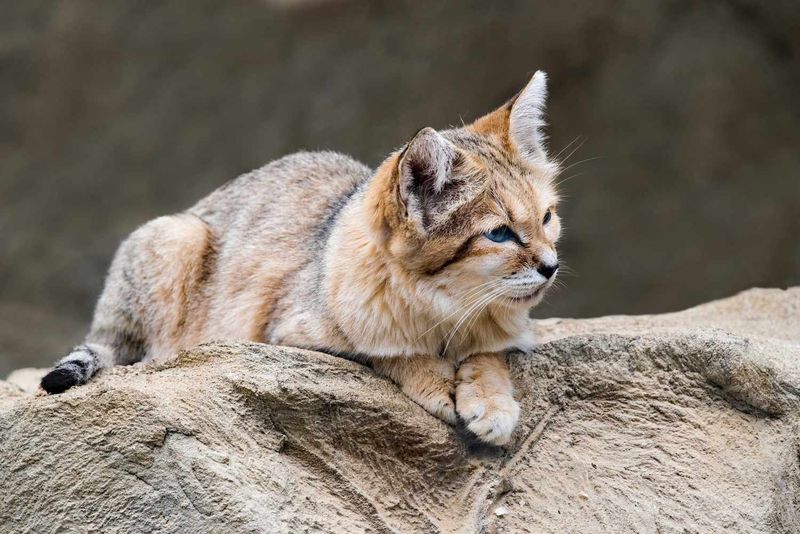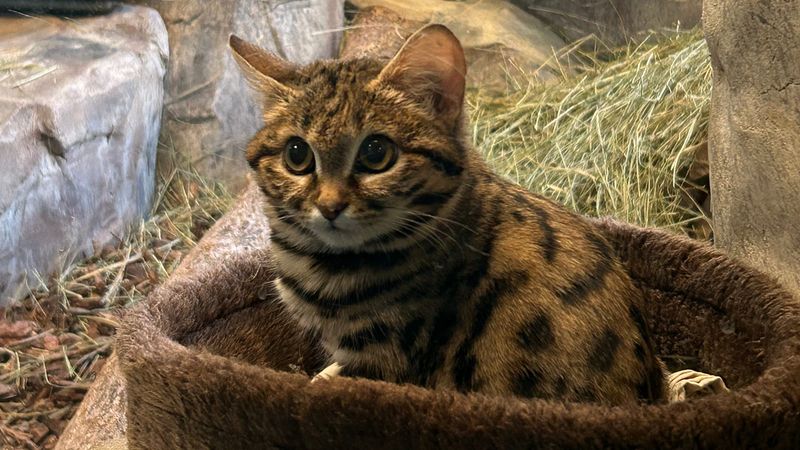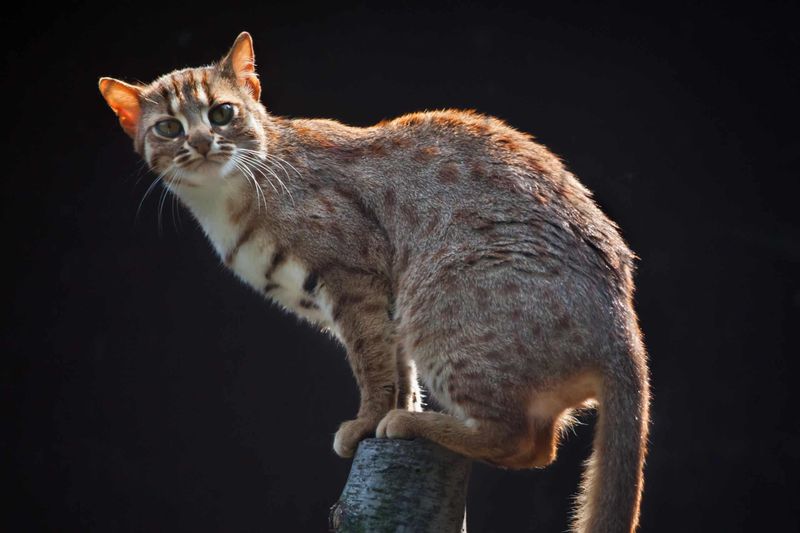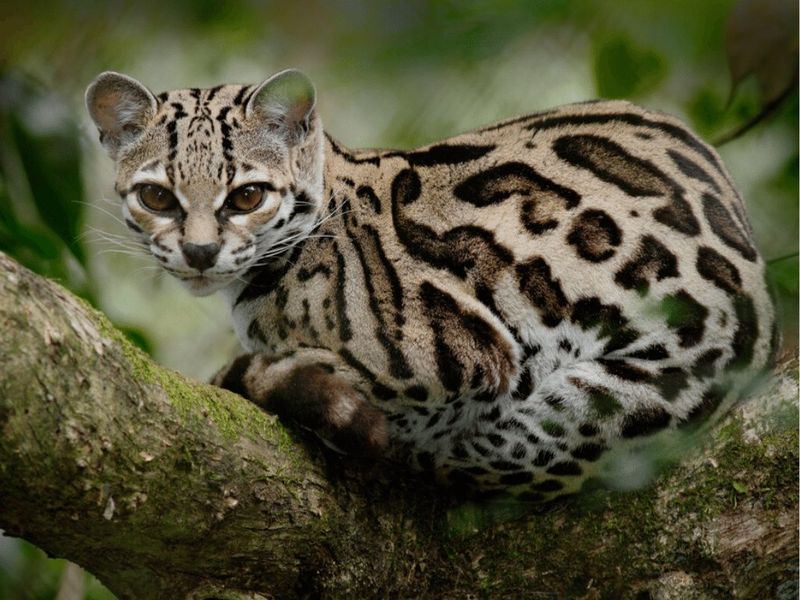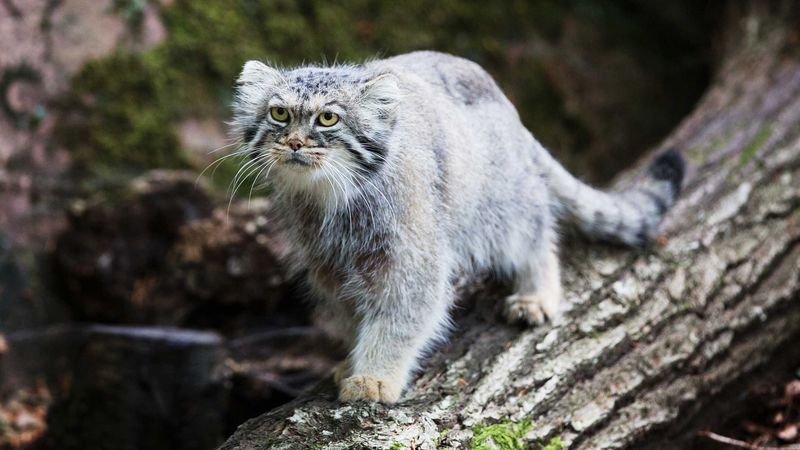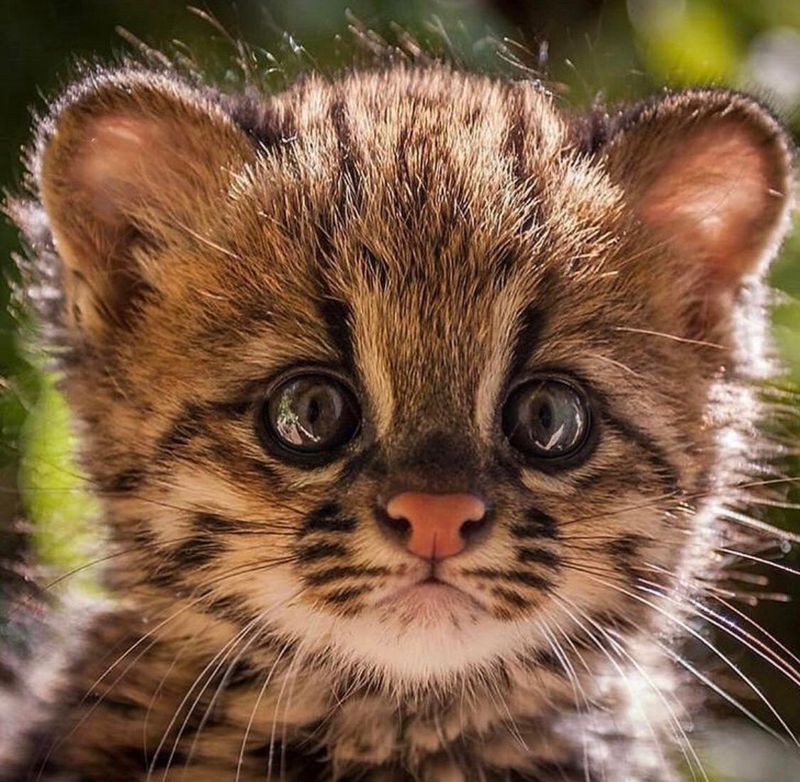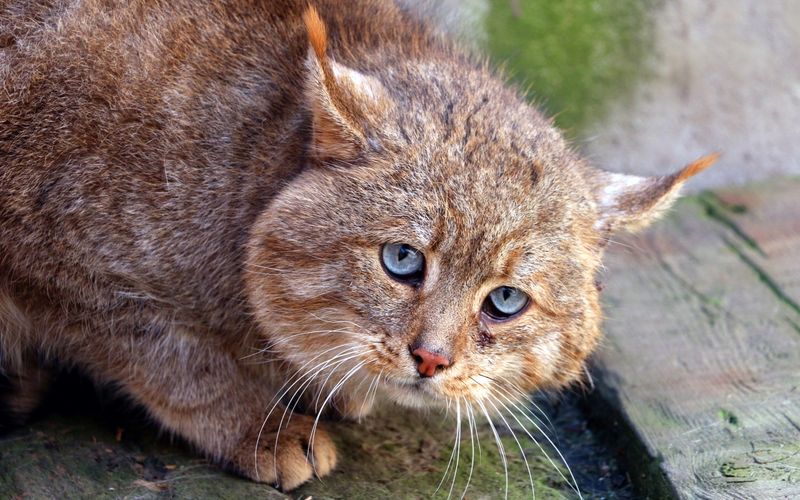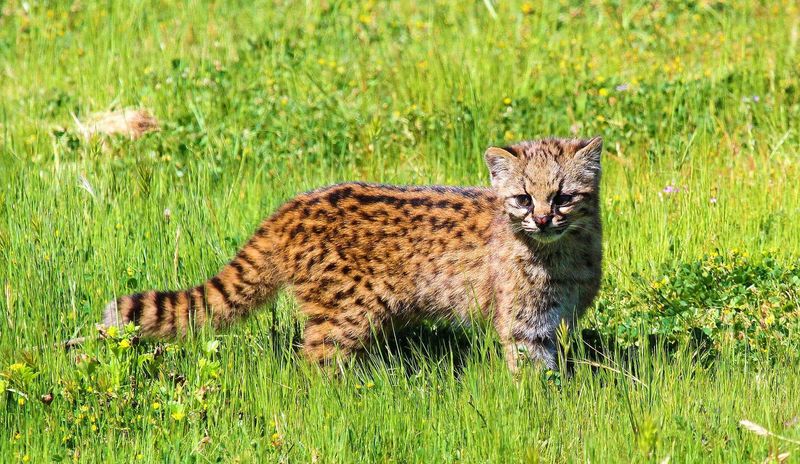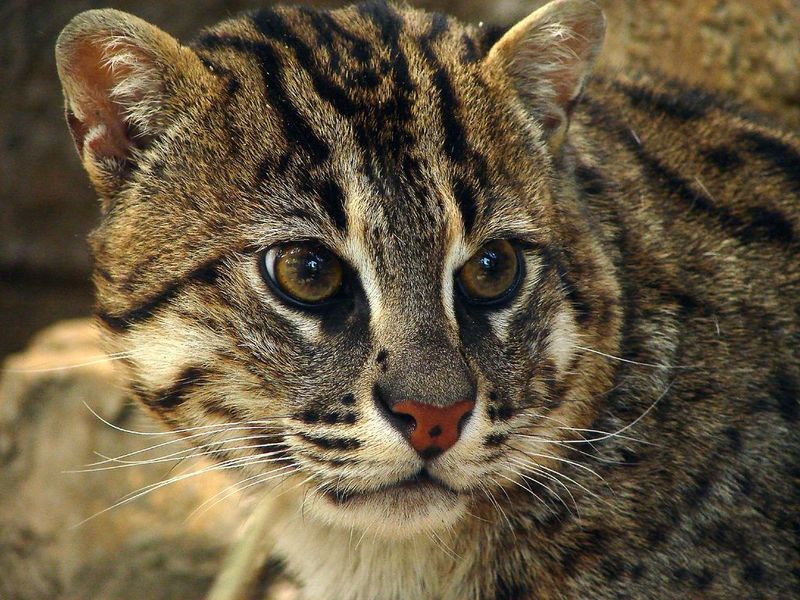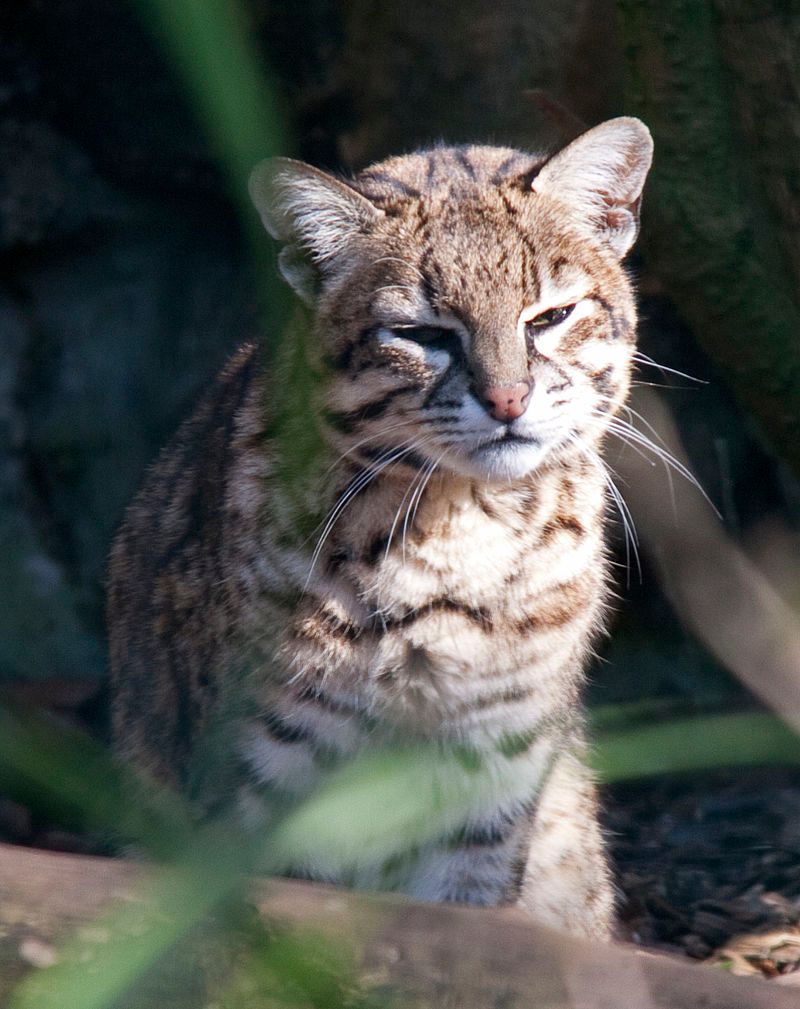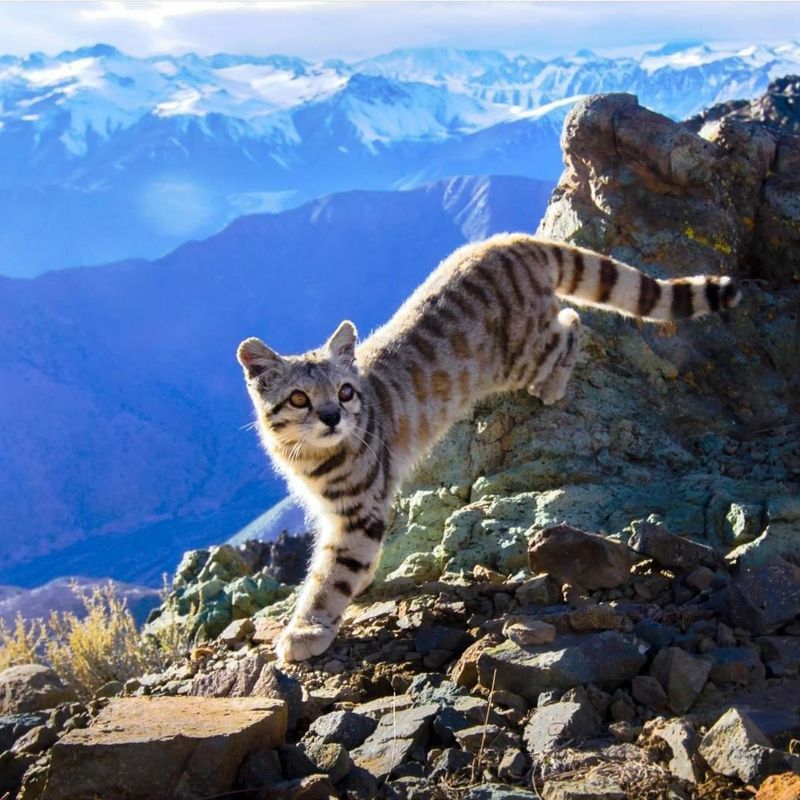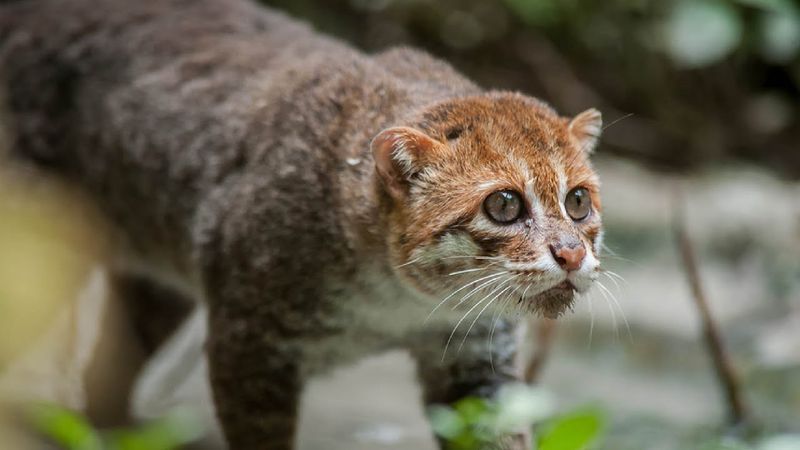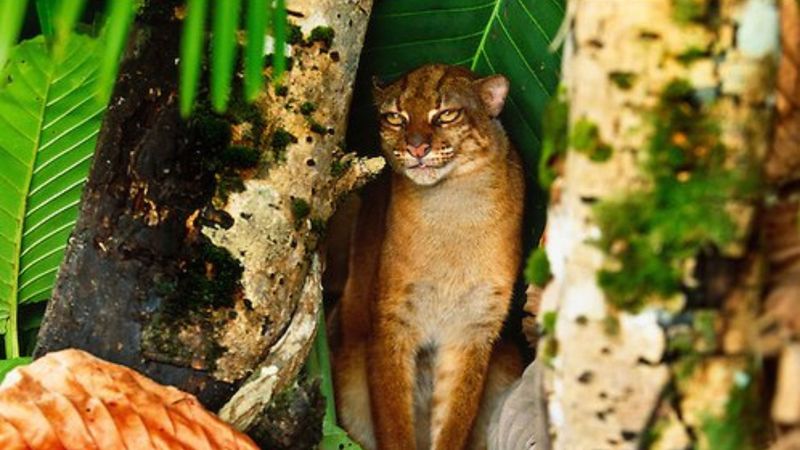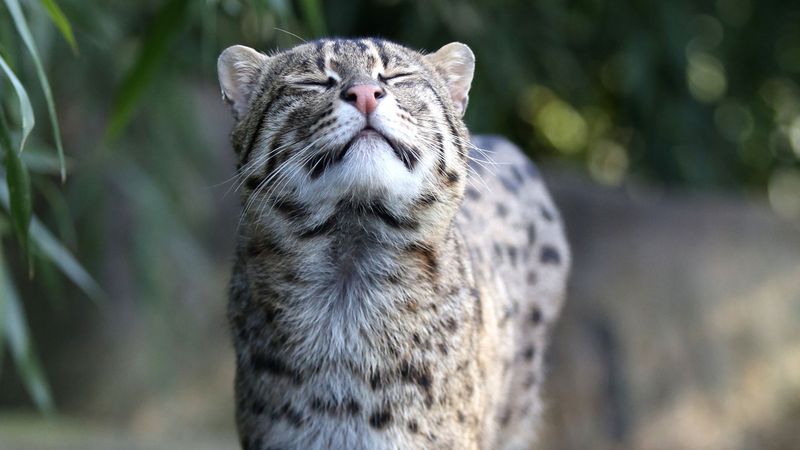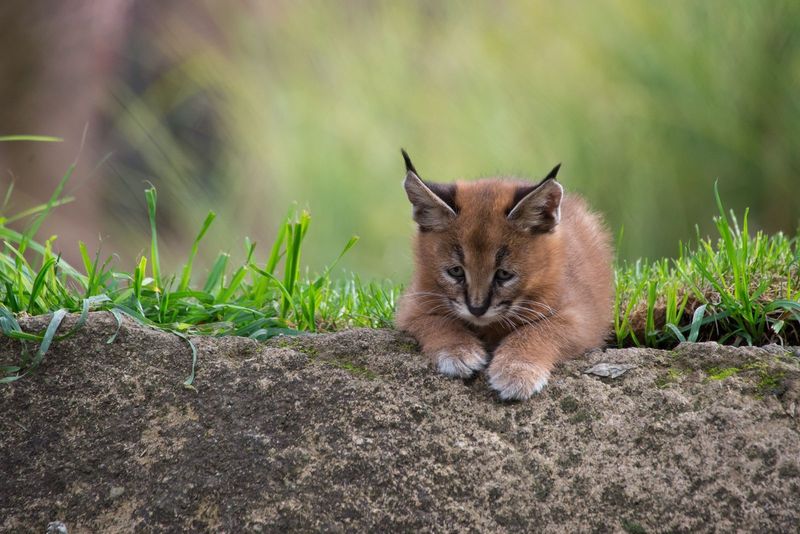📖 Table of Content:
In the expansive realm of felines, certain wild cats have evolved to resemble the domestic companions we cherish. These lesser-known species are often small, agile, and carry an unmistakable resemblance to house cats lounging in our homes. Despite their wild nature, they share striking features that make them look almost like distant relatives of the pets we adore.
Exploring these wild cats offers a glimpse into nature’s ability to blend familiarity with the untamed. From the thick jungles of Asia to the vast deserts of Africa, these wild felines thrive in their natural habitats, often going unnoticed due to their remarkable resemblance to domestic cats. Their ability to adapt to a variety of environments while retaining such domestic-like traits is a testament to the beauty and diversity of the feline family.
While they may look like the furry friends we know and love, these wild cats are far from house pets. They are perfectly suited to their habitats, showing how nature has honed their instincts and survival skills. Each of these unique creatures offers a fascinating blend of wild traits and familiar features, showcasing the mysterious connection between wild and domestic felines.
1. Sand Cat
The sand cat is a small feline that thrives in desert environments. With its light sandy fur, it blends seamlessly into its arid surroundings. Despite its wild origins, its petite size and cute appearance could easily lead one to mistake it for a domestic kitten.
This resilient cat has large ears, adapted to detect the faintest sounds in the desert night. Its paws are covered with a thick layer of fur to protect against the scorching sand. Although it may look like a pet, the sand cat is a skilled hunter, surviving in one of the harshest habitats on earth.
2. Black-footed Cat
Native to the African savanna, the black-footed cat is a compact wild cat with a captivating, domestic-like appearance. Its small frame and striking black foot markings make it a distinctive figure in its natural environment.
These cats are nocturnal, preferring to hunt under the cover of darkness. They are known for their ferocity, capable of taking down prey much larger than themselves. Despite their wild nature, their delicate appearance could easily mislead one into thinking they are domesticated. They are solitary creatures, living and hunting alone in the vast open plains.
3. Rusty-spotted Cat
Often referred to as the hummingbird of the cat family, the rusty-spotted cat is incredibly small, native to the forests of India. Its striking reddish coat and expressive eyes give it a playful appearance. These agile cats are expert climbers, spending a significant amount of time in trees. Despite their wild nature, their small size and playful demeanor make them resemble a kitten at play.
They have a keen sense of sight and smell, essential for hunting small birds and rodents. Though wild, their appearance and behavior often evoke thoughts of a domestic pet.
4. Margay
Inhabiting the rainforests of Central America, the margay is an agile climber with a coat and eyes resembling those of domestic cats. Unlike many wild felines, it spends most of its time in the trees, blending seamlessly with its environment. Its ability to rotate its ankles and climb headfirst makes it one of nature’s most specialized climbers.
This solitary cat is nocturnal, with a diet consisting primarily of small mammals and birds. Its playful appearance belies its predatory nature, making it a fascinating subject of study.
5. Pallas’s Cat
In the harsh terrains of Central Asia, Pallas’s cat thrives, its long, dense fur and flat face helping it blend into the rocky landscape. Often mistaken for a domestic long-haired breed due to its fluffy coat and size, this wild cat has adapted to extreme cold. Though it has a striking appearance, Pallas’s cat is notoriously solitary and difficult to track in the wild.
Its facial structure, with a broad, flat appearance, is unique among felines. Known for its secretive nature, it captures the curiosity of those fortunate enough to observe it, often mistaken for a house pet from afar.
6. Oncilla
With its sleek, spotted coat reminiscent of a domestic tabby, the oncilla is a small yet captivating wild cat native to the rainforests of South America. Its agile body and graceful movements contribute to its almost pet-like demeanor. Nocturnal by nature, it hunts small prey such as birds and rodents, adeptly moving through the dense underbrush with its short legs.
Despite its wild instincts, the oncilla’s appearance often draws comparisons to household cats. Its solitary lifestyle and elusive behavior add to the mystique surrounding this lesser-known feline.
7. Chinese Mountain Cat
Residing in the rugged Tibetan Plateau, the Chinese mountain cat stands out with its thick grey fur and intense green eyes. Its sturdy build and soft coat resemble that of a domestic cat, yet it thrives in the harsh cold. Hunting rodents and birds in the chilly mountains, this elusive cat remains rarely seen due to its remote habitat.
Though wild, its appearance can easily be mistaken for that of a house cat. The Chinese mountain cat’s solitary and secretive lifestyle adds to its allure, standing as a testament to nature’s wonders.
8. Kodkod
The kodkod is the smallest wild cat in the Americas, residing in the dense forests of Chile. Its small, spotted body and vibrant eyes give it an endearing appearance akin to a domestic kitten. These cats are excellent climbers, often found in trees hunting birds and small mammals. Despite their wild origins, their playful antics and size make them look like a pet.
The kodkod’s elusive nature and nocturnal habits mean it’s rarely seen during the day. Its charming appearance belies its survival skills, thriving in one of the richest ecosystems in the world.
9. Iriomote Cat
Endemic to Japan’s Iriomote Island, the Iriomote cat is shrouded in mystery. Its unique pattern and short tail make it easily mistaken for a domestic cat. Living in the dense jungle, these cats have adapted to their environment with keen hunting skills. Their small size and striking features contribute to their pet-like appearance.
Due to their isolated habitat, Iriomote cats are rarely seen, adding to their enigmatic presence. Conservation efforts are crucial, as their population is limited, making them one of the rarest cats on the planet.
10. Geoffroy’s Cat
Geoffroy’s cat prowls the grasslands of South America, identifiable by its spotted coat and agile demeanor. Its small size and sleek appearance often liken it to a domestic feline. These cats are versatile hunters, known for their ability to swim, climb, and leap great distances. Their adaptability to different environments is a testament to their survival skills.
Though wild, Geoffroy’s cat’s charming appearance and behavior make it a subject of interest for feline enthusiasts. Its solitary nature and nocturnal habits contribute to its elusive reputation.
11. Andean Mountain Cat
The elusive Andean mountain cat roams the rocky terrains of the Andes, distinguished by its thick, striped coat and stunning blue eyes. Its appearance bears a striking resemblance to a long-haired domestic cat.
This rare cat is adapted to high altitudes, with a compact, muscular build suited for climbing. Its diet mainly consists of small mammals found in these harsh environments. Despite its wild habitat, its fluffy appearance often leads to comparisons with house pets. Conservationists are keenly interested in this species due to its rarity and the challenges it faces in a changing climate.
12. Flat-headed Cat
Native to the wetlands of Southeast Asia, the flat-headed cat is distinguished by its unique flat head and sleek, water-repellent fur. With its small size and adorable expression, it closely resembles a domestic cat. Exceptionally skilled swimmers, these cats hunt fish and other aquatic prey, making them stand out among their feline relatives.
Despite their aquatic prowess, flat-headed cats are rarely seen in the wild. Conservation efforts are in place to protect their dwindling habitats, ensuring this unique species continues to thrive.
13. Bay Cat
The bay cat, residing in Borneo’s rainforests, captivates with its reddish-brown coat and large, curious eyes. Its elusive nature and small stature make it resemble a domestic cat. This rare feline is a skilled hunter, preying on birds and small mammals. Its arboreal lifestyle allows it to navigate the dense forest with ease.
Due to deforestation, the bay cat faces threats to its habitat, making conservation efforts vital. Its striking appearance and mysterious habits continue to intrigue researchers and wildlife enthusiasts alike.
14. Fishing Cat
With a spotted coat and keen hunting eyes, the fishing cat is perfectly suited for life in the wetlands of South Asia. Its webbed feet and strong build set it apart from domestic cats, giving it the agility needed to catch fish.
These cats are incredible swimmers, spending much of their time near water bodies. Their diet mainly consists of fish, showcasing a unique adaptation among felines. Despite their wild nature, fishing cats’ playful antics and appearance often remind one of house pets. Conservation efforts are crucial to preserve their habitats, supporting a delicate balance in their ecosystems.
15. Caracal
With its tufted ears and sleek golden coat, the caracal roams the African savanna. Its elegant build and striking features give it a regal appearance, akin to a domestic short-haired cat. These cats are agile hunters, known for their impressive leaping ability, often catching birds mid-flight. Their keen senses and solitary nature make them formidable predators.
Though wild, the caracal’s majestic demeanor and pet-like appearance captivate those who observe them. Their adaptability to various environments underscores their survival prowess, thriving in diverse habitats across Africa and Asia.
16. Jungle Cat
Prevalent in the wetlands of India, the jungle cat sports a tawny coat that helps it blend into its natural surroundings. Its tall ears and slender frame resemble a domestic cat’s profile.
These cats are versatile hunters, preying on a range of animals, from rodents to birds. Their adaptability to different habitats highlights their survival instincts. Despite their wild roots, jungle cats’ appearance often leads to confusion with house pets. Their presence in diverse ecosystems underscores the intricate balance of nature, showcasing the diversity of the feline family.

